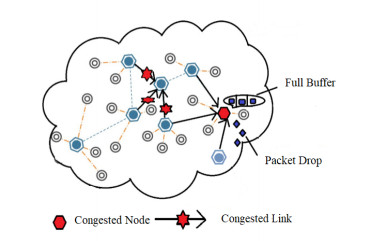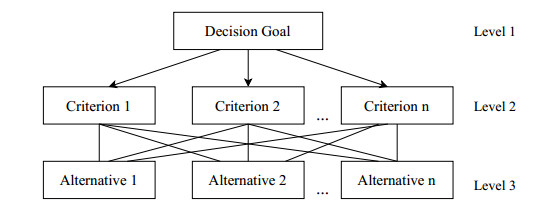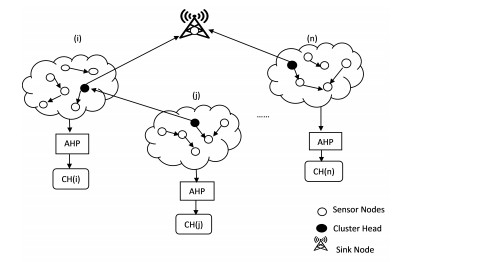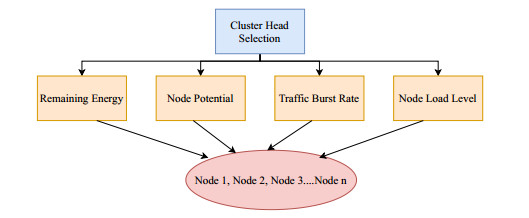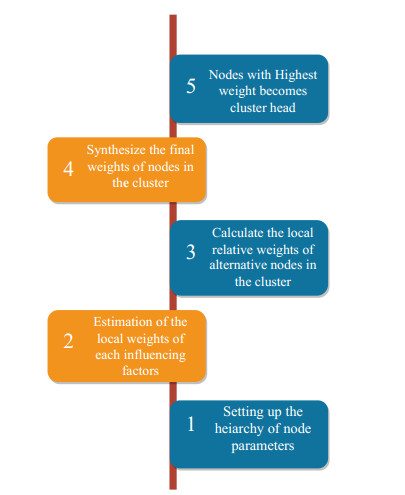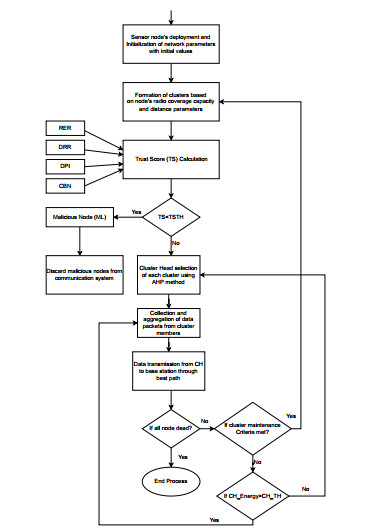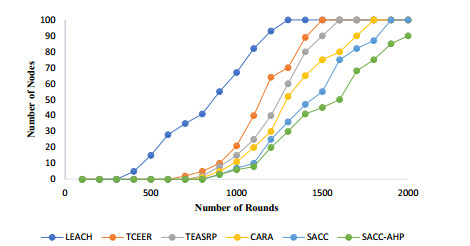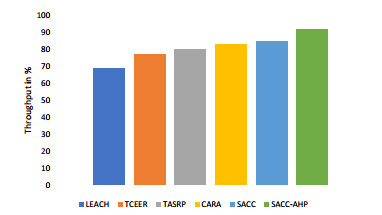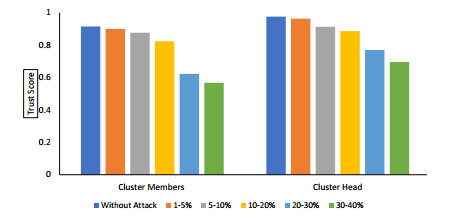1.
Introduction
Diabetes is today a real increasing public health problem and the most worrying current pathologies in the world. The International Diabetes Federation (IDF) has estimated in 2019 that 463 million people are affected by diabetes worldwide, and the prediction is to increase to 578 million in 2030 and 700 million in 2045 [1].
Young people are not spared from this global epidemic, especially (T1D), the most serious and common endocrine disease in children and adolescents with a risk of acute and chronic complications [2], because of the chronicity of the disease and the difficulty in achieving glycemic control in paediatric age as recommended by the International Society for Paediatric and Adolescent Diabetes (ISPAD) [3]. In 2019, the IDF estimated to 600 900 out of a population of 1.98 billion children aged 0 to 14 years suffer from T1D worldwide, and at 98 200 the annual number of incident cases (In Morocco, this number is estimated at 2.4 million) [1].
In Morocco, a country in the midst of a demographic, nutritional, and epidemiological transition [4], diabetes is emerging presently as a challenge facing health care, in its daily practice. According to the latest national survey carried out by the Ministry of Health in collaboration with WHO, the prevalence of diabetes reached 10.6% of the population [5]. In 2003, 700 diabetic children were followed up at the Children's Hospital in Rabat only [6]. In addition, Morocco is among the countries of the MENA Region with the highest number of children and adolescents (0 to 19 years) living with DT1 in 2019. It is also among the countries with the highest number of new cases of DT1 among children and adolescent [1].
The challenge for children and adolescents with T1D today is to achieve a good glycemic control to prevent or delay the onset of long-term vascular complications [7]. It is also important to limit hypoglycemia and hyperglycemia for harmonious development, good social and academic integration and a better quality of life for the child and his parents [8]. To achieve these goals, the American Diabetes Association's (ADA) “Standards of Medical Care in Diabetes” include new recommendations for the medical management of DT1 in children and adolescents, such as self-monitoring of capillary blood glucose 6 to 10 times daily, intensive insulin regimens, personalized medical nutritional therapy, changes in dietary habits, regular physical activity and the assessment of psychosocial problems and family stress [9].
Despite the significant progress provided by healthcare systems around the world, only a small percentage of American children and adolescents meet the ADA Glycated Haemoglobin (HbA1c) goal of <7.5% [10]. Recently, an average HbA1c level of 8.1 ± 1.5% was found in a European cohort, suggesting that the situation is similar in other Western countries [11]. In Morocco, few studies have dealt with the characteristics and course of T1D in children and adolescents. The objectives of the present study are therefore to evaluate the socio-demographic and anthropometric characteristics, the various factors of glycemic control and management of T1D in children from an agricultural province, El Jadida in Morocco.
2.
Materials and methods
2.1. Study population
This prospective, descriptive and analytical study was carried out at the paediatric unit of Provincial Hospital Center Mohamed V Hospital in the Province of El Jadida, over the period from January 2018 to May 2020. The target population was 184 diabetic children, aged 15 years or less, with T1D for 12 months to avoid the period of remission due to residual endogenous insulin secretion in recent diabetes, and treated in the above-mentioned unit by paediatricians.
A structured questionnaire was used and completed by the patients or their parents to collect data on the socio-demographic and socio-economic characteristics, family history, the characteristics of the disease (duration of diabetes, fasting and postprandial blood glucose), measurement of the HbA1c level on the same day, disease complications (acute and chronic), diabetes management (type of insulin used, method of administration, number of daily insulin injections and frequency blood glucose self-monitoring per day), diet, level of physical activity and therapeutic education. Anthropometric parameters were also measured.
Concerning the treatment modalities:
-
The treatment regimen included a conventional or basal-bolus regimen.
-
Type of insulin: Human Insulins (a mixture of rapid-acting and intermediate-acting insulins) or Insulin Analogues (long-acting basal insulin analogues and rapid-acting bolus insulin analogues).
-
Number of injections per day: 2 times/day, 3 times/day or 4 times/day.
The interview was done with the parents (or the participant's guardian) when the child's age is less than 11 years old and with the child himself or herself, when the child is 11 years old or older. Treating physicians and medical records were also of our data sources.
2.2. Socio-demographic and socio-economic characteristics
The participant's socio-demographic and socio-economic status collected through the structured interviews included, household size, area of residence, parental education and occupation, household income and parental medical coverage.
2.3. Anthropometric parameters
These parameters were measured on participants in the pediatrics unit on the day of the interview according to the World Health Organization (WHO) standards [12]. Weight was measured in kilogram to the nearest 100 g, on children lightly dressed and without shoes, using a standard scale. The height (Ht) was measured in the participants to the nearest centimeterusing a wall tape with their heels joined, straight legs, arms dangling and shoulders relaxed. The waist circumference (WC) was measured on the respondents stand with feet 2.5 cm apart, legs straight, arms dangling and shoulders relaxed, the measuring tape was placed uncompressed at midway between the iliac crest and the last rib, at the end of expiration. Waist-to-Height Ratio (WHtR) was calculated and the WHtR cut-off of 0.5 is used to define abdominal obesity for both boys and girls [13].
The body mass index (BMI), a measure that estimates the fat mass of individuals, was calculated by dividing the weight in kg by the square of the height expressed in meters (kg/m2): BMI = Weight (kg)/Height2 (m2). The references established by WHO in 2007 are used to calculate Z Score values for BMI for age using WHO software, AnthroPlus (Version 1.0.4, 2010), to assess the growth of children and adolescents worldwide [14]. Children under five years old are considered underweight when Z score < −2 standard deviations (SD), overweight when a Z score > +2 SD and obese if Z score > +3 SD [15]. For the children aged 5 to 19 years, they were classified into 3 categories: underweight when Z Score < −2 SD, overweight if Z Score > +1 SD and obese if Z Score > +2 SD [16],[17].
2.4. Biochemical measures
Metabolic control of the disease was assessed in the diabetic patients using HbA1c rates. The level of this parameter was measured, by Boronate Affinity Chromatography, with the same assay kits (A1C EZ 2.0; Bio-Hermes). According to ISPAD recommendations, the HbA1c level is optimal if <7.5%; suboptimal if 7.5% ≤ HbA1c ≤ 9.0%; and high risk when HbA1c > 9.0% [18]. The patients were divided into two groups: a poor metabolic control group if HbA1c > 9.0%; and a good metabolic control group when HbA1c ≤ 9.0%.
The other biological parameters, fasting blood glucose (FBG) and postprandial blood glucose (PPG), were measured by the enzyme glucose oxidase method coupled with a colorimetric reaction using the same assay kits (CS-1200 Package; Dirui).
2.5. Statistical analysis
Data analysis was performed using SPSS (Statistical Package for the Social Sciences) for Windows version 25.0. Descriptive analysis was conducted to determine the characteristics of the participants in this study, namely the socio-demographic variables, anthropometric and biological measures. Variance tests (ANOVA) and Chi-square tests are applied for means ± standard deviations and proportions with percentages of continuous and categorical variables, respectively. In addition, univariate and multivariate logistic regression analysis were performed to explore the association between the dependent and independent variables. This analysis is adjusted for variables deemed significant. The results of logistic regression were expressed in odds ratio (OR) adjusted with a 95% as confidence interval (CI). P values below 0.05 are considered statistically significant for all tests.
2.6. Ethical aspects
The questionnaire used in this study was validated by a scientific committee of the University Chouaib Doukkali of El Jadida and the data collection was started after obtaining an authorization from the Regional Health Directorate in the Casablanca-Settat region of Morocco. For each child, the free and informed written consent of the parents or guardians was obtained before beginning the survey. The procedures and objectives of the study were also clearly explained to the participants. The confidentiality and anonymity of the information collected is also respected.
3.
Results
3.1. Glycemic control in T1D patients
As presented in the Figure 1, the assessment of the glycemic control in the study patients showed that 20.1% only of the overall sample had reached the HbA1c target (HbA1c < 7.5%) as recommended by ISPAD, while 28.8% had suboptimal glycemic control and half (51.1%) a poor glycemic control (HbA1c > 9%).
3.2. Socio-demographic, anthropometric and biological characteristics of the study population
Table 1 gathers together the various socio-demographic characteristics of the studied population. The survey included a total of 184 diabetic subjects, with an average duration of T1D of 3.48 ± 2.32 years (1 to 13 years) and a family history of diabetes in half of them (49.9%). Also, 53.2% of the patients were female (sex ratio 0.85). The patients mean age was 8.49 ± 4.1 years, ranging from 2 to 15 years and the most representative age group was of 11–15 years old (40.8%), with a majority (68.5%) in school age and 95.18% of them schooled. The majority of these participants resided in urban areas (61.4%) (vs 38.6% in rural areas) and 63% lived in nuclear families. Illiteracy was 75.5% among the patient's parents, with a higher rate among mothers (69%) than fathers (13.6%). However, a higher level of education was found in 3.8% of the mothers. The patients came from parents mostly of low socioeconomic level (83.2%) and 77.2% of them had the medical assistance scheme.
Table 1 shows also that the population had an average BMI of 19.44 ± 5.24 kg/m2 with normal weight prevalent in 63.6%, underweight in 15.8%, overweight in 17.9%, obesity in 2.7% and abdominal obesity (WHtR ≥ 0.5) in 27.2% of the patients. Also, the average FBG was 269 ± 88 mg/dl and the average PPG was 349 ± 100.9 mg/dl. HbA1c levels ranged from 5% to 15.90% (9.66 ± 2.24%).
3.3. Socio-demographic, anthropometric and biological characteristics by HbA1c level
The Table 2 results show that the proportions of children with T1D aged 11 to 15 years, patients living in rural areas, children who dropped out of school, patients living in compound families, patients with parents never attended, patients with laborer fathers and housewife mothers, and children of low income parents were significantly higher among T1D children with poor compared to those with good glycemic control.
The table data show that BMI, FBG and PPG were also significantly higher in T1D children with poor than those with good glycemic control. In addition, overweight and obesity were significantly higher in children with poor than good glycemic control (P ≤ 0.001).
3.4. Diabetes management characteristics by HbA1c level
As shown in the Table 3, there is a significant association between glycemic control and family history of diabetes (P ≤ 0.001). Glycemic control is associated with the type of insulin (P = 0.003), the number of insulin injections (P ≤ 0.001), the self-adaptation of insulin doses (P ≤ 0.001), the adherence to therapy (P ≤ 0.001), the self-monitoring of blood glucose (P ≤ 0.001), the therapeutic education (P ≤ 0.001), the lipodystrophies (P = 0.002) and with the diet monitoring (P ≤ 0.001).
3.5. Determinants of glycemic control
The associations between the management factors studied and glycemic control of diabetes were analyzed. Using univariate analysis showed that the determinants of poor glycemic control were the presence of a family history of diabetes (unadjusted OR = 117.60, 95% CI: 40.89, 338.19), the failure to self-adjust insulin doses (unadjusted OR = 10.41, 95% CI: 3.002, 36.12), the poor adherence to therapy (unadjusted OR = 4.77, 95% CI: 1.95, 11.65), the self-monitoring of blood glucose levels less than 4 times/day (unadjusted OR = 0.04, 95% CI: 0.01, 0.19), the presence of lipodystrophies (unadjusted OR = 353, 95% CI: 1.64, 7.58), the absence of therapeutic education (unadjusted OR = 3.83, 95% CI: 1.98, 7.38) and the lack of diet monitoring (unadjusted OR = 846.00, 95% CI: 50.19, 14257.89).
Multivariate logistic regression analysis used to assess the risk of each factor revealed that the presence of a family history of diabetes (adjusted OR = 38.70, 95% CI: 11.61, 128.98) and the absence of therapeutic education (adjusted OR = 3.29, 95% CI: 1.006, 10.801) were associated with poor glycemic control (Table 4).
4.
Discussion
This study reports that the quality of the glycemic control is poor in Moroccan children and adolescents with T1D. Indeed, the study data revealed an average HbA1c level of 9.66% with only 20.1% of the global sample having good glycemic control [19] which corresponds to two diabetics out of ten. These results are similar to those reported, in 2017, in a study conducted at the Marrakech University Hospital Center in Morocco reporting a rate of 25.34% of the children with well-controlled diabetes [20]. This poor quality of glycemic control was also noted in another country in the same region, Algeria, a percentage of 22% only of children with well-controlled diabetes was found [21].
Another determining factor concerns the patient's socio-demographic characteristics. The children and adolescents studied have an average age of 8.5 years with the age group between 11 and 15 years old being the most representative (40.8%). Moreover, almost all of these patients (83.2%) come from disadvantaged families with a low socioeconomic level. This result corroborates with other studies that found the socio-economic characteristics were unfavourable in almost half of the children with diabetes [22].
Education level of the parents is another determinant that should play an essential role in the daily management of the disease treatment and monitoring in young diabetic children. It could enable the child to gradually acquire the knowledge and skills necessary to participate actively in the treatment, management and monitoring of the disease in later life [23]. The present study showed indeed a link between the parent's educational level and HbA1c levels. On the other hand, contrary to previous studies that reported a poor metabolic control of diabetes in patients with high socioeconomic status [24], the present study reports an association between the parent's socioeconomic level and their child glycemic control.
Another factor examined here, related to glycemic control, is weight management as judged by anthropometric parameters in the paediatric study population. Indeed, like several developing countries, a global transition is currently underway in Morocco and includes an epidemiological transitions and a nutritional transition which have accompanied the lifestyle changes induced by urbanization and globalization [25]. These changes have led to a continuous increase in the prevalence of childhood overweight and obesity in the recent decades. Thus, according to the WHO (2016), Morocco is ranked among the countries with overweight/obesity prevalence of 10 to 14.9%, alongside Algeria and Tunisia [26]. This increase is partly explained by changes of dietary habits in the Moroccan general population, whose consumption of energy-rich foods and beverages is increasing in association with increased sedentary behaviors [27]. This study revealed a double burden of malnutrition in this category of patients, ranging from underweight in 15.8% of patients to overweight prevalent in 17.9% and obesity in 2.7% of patients.
Recently, other studies have also shown that the prevalence of overweight and obesity in young people with T1D is similar to that of non-diabetic patients [28]. However, young people with T1D are more likely to be overweight than obese compared to non-diabetics [28]. In addition, increased insulin requirements have been shown by the DCCT study [29] to be associated with weight gain over time, in people with T1D due to the anabolic and lipogenic actions of insulin [30]. In the present study, there is a significant difference of the glycemic control between the BMI classes. This is consistent with several studies that have shown that higher levels of HbA1c are associated with overweight/obesity [31]. Conversely, extremely high levels of HbA1c have been reported to be associated with remarkably low BMI in other studies [32].
4.1. Diabetes management and glycemic control
This study data report also a relationship between diabetes history and glycemic control. In accordance with this result, poor metabolic control was found in patients with T1D having family history of diabetes [33]. Also, insulin therapy is the cornerstone of medical treatment for T1D.Although controversial in the literature, the results of the present study showed that there is an association between the type and number of insulin injections and glycemic control. Several studies have in fact found a better control with intensive treatment compared to the conventional one [34], whereas other studies revealed that the conventional treatment is associated with a poor metabolic control in adolescents [35], or even no improvement of HbA1c levels in patients receiving intensive treatment compared to those treated with the conventional one [36].
Besides, the self-monitoring of blood glucose levels is an essential element in the management of T1D in children and adolescents [37] that has as the main objective is to adapt the insulin doses [38]. This is confirmed in the present study revealing an association between capillary blood glucose levels, the self-adaptation of insulin doses and the glycemic control. It is also consistent with previous studies that have reported a correlation between the daily capillary blood glucose levels and the improvement of HbA1c [39].
The common acute complications of T1D include severe hypoglycemia and diabetic ketoacidosis which cause significant morbidity and sometimes mortality [40]. Although a glycemic control improvement has been reported to reduce complications in diabetic patients during childhood and adolescence [41], no correlation was found between the frequency of acute complications and the glycemic control in this study and, this result is similar to that of Lièvre et al. study [42].
This study showed also a link of glycemic control with diet. Only 10.3% of the study sample followed a regular diet, even though it represents a determining factor for good glycemic control. Diabetic children should indeed follow a healthy diet, identical to that recommended for non-diabetic children [43]. However, over-consumption of calories and fat leading to weight gain in youth [44] is detrimental to young people with T1D because of the negative impact of saturated fat on glycemic control [45]. In addition, the SEARCH for Diabetes in Youth Study group reported that most of the youth with T1D do not meet the American Diabetes Association (ADA) recommendations for total fat, vitamin E, fiber, fruits, vegetables, and cereals, and that only 6.5% met the recommendations for less than 10% energy intake from saturated fat [46].
On the other hand, regular physical activity, another critical component of blood glucose control is recommended to improve the health of youth with T1D [47] reducing the risk of cardiovascular disease, hypertension, metabolic syndrome, obesity and depression [48]. In addition, physical activity in children and adolescents with T1D, leads to the improvements of BMI, triglyceridemia and cholesterolemia levels [49]. Kummer et al.' study showed that children with T1D were less physically active than their non-diabetic peers [50]. The present study results did not show a significant relationship between physical activity and glycemic control. In agreement with this result, other authors have found that there is no significant effect of physical activity on HbA1c reduction attributed to increased food consumption before physical activity, as a source of fuel or, as a strategy to prevent the exercise-induced hypoglycemia, and the rebound hyperglycemia after exercise [51].
Therapeutic education is another key tool of diabetes management [52]. This education should be provided by a multidisciplinary team that aware of the specific needs of young people with diabetes and their families to achieve better long-term results [53]. Knowledge of glycemic targets by patients and their parents as well as the consistency in the goals set by the diabetes care team are associated with better metabolic control [54]. Nevertheless, even well-organized, multidisciplinary care does not always achieve the desired results. The Hvidoere Study Group on Childhood Diabetes showed that, only one third (1/3) of patients achieved HbA1c levels < 8% [55]. Our study emphasizes however, the importance of therapeutic education confirming thus the DCCT data [56].
Overall, the results of the present study identified the factors determining poor glycemic control and preventing acute complications of T1D. The presence of a family history of diabetes and the absence of therapeutic education must, therefore, be determined in order to better control the disease.
Among the factors to be considered are the hormonal changes of puberty that influence blood sugar control. The action of insulin decreases by about 30–50% due to growth hormones and sex hormones. In the majority of diabetic adolescents, insulin injections will need to be constantly adjusted to maintain adequate blood sugar control.
Adolescence also means changes in the child's social behaviours. The search for autonomy, the influence of friends on eating and physical activity behaviours, greater concern about body image, and concerns about diabetes are all factors that shape the adolescent's behaviours. They can influence adherence to treatment and blood glucose control. For a smooth transition, a meeting with the health care team is necessary at puberty. It is appropriate to involve the young person in treatment adjustments and to actively participate in meetings with health care professionals. The young person with diabetes acquires autonomy, but it must not be forgotten that parents support and listening remain essential during this transition period [57],[58].
5.
Conclusions
Overall, this study revealed poor glycemic control with only 20.1% of patients having an HbA1c < 7.5%. The protective variables significantly associated with good glycemic control were the absence of a family history of diabetes and no therapeutic education. The study results also showed gaps in the management of diabetes in Morocco. This draws attention to the need to develop a real strategy, involving comprehensive care for the child and his/her family, in order to align with international recommendations for glycemic control in children and adolescents with diabetes without forget the importance of therapy education. The latter should allow the child and the parents to better understand the disease for good glycemic control and a better quality of life for the child and the family.
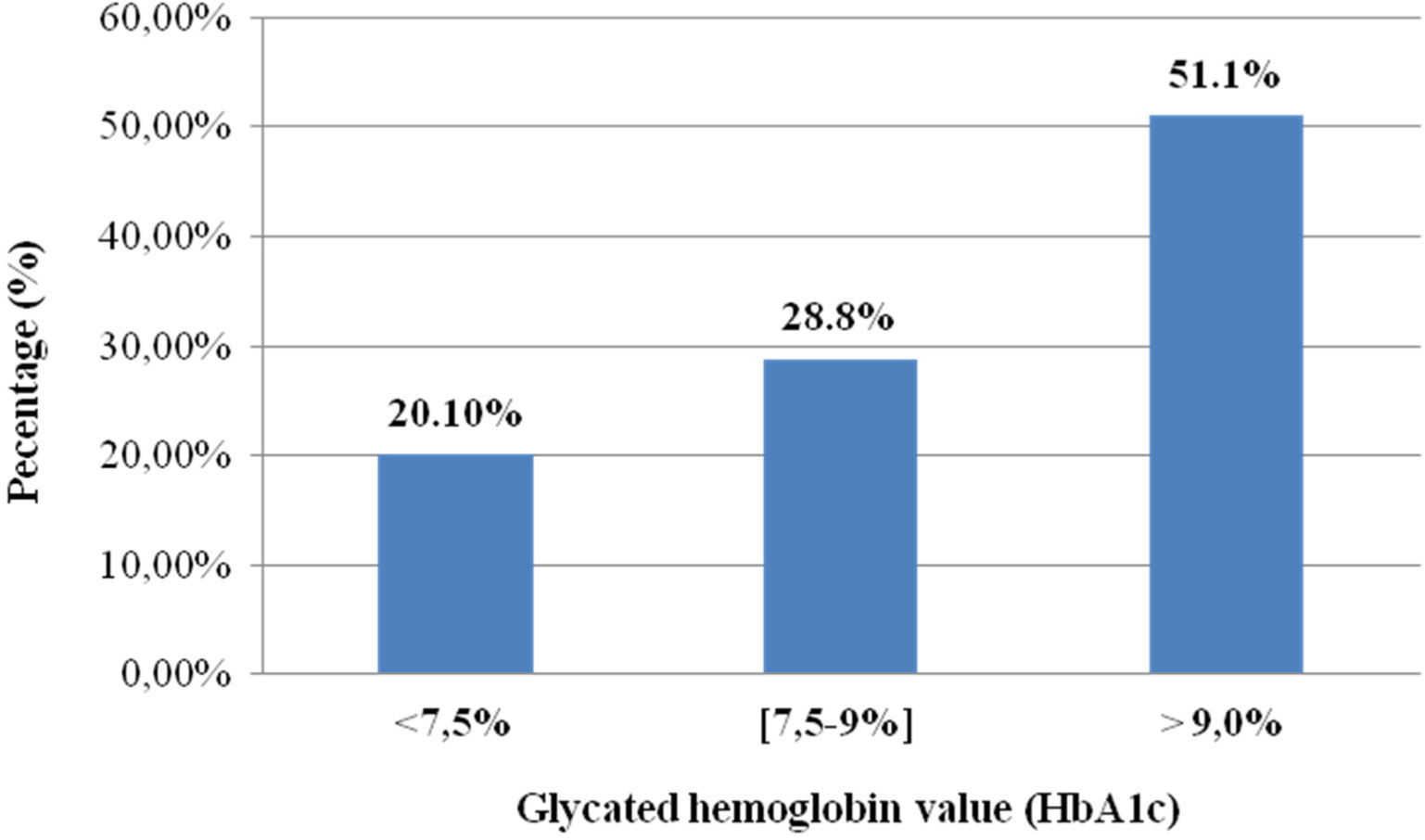









 DownLoad:
DownLoad:


